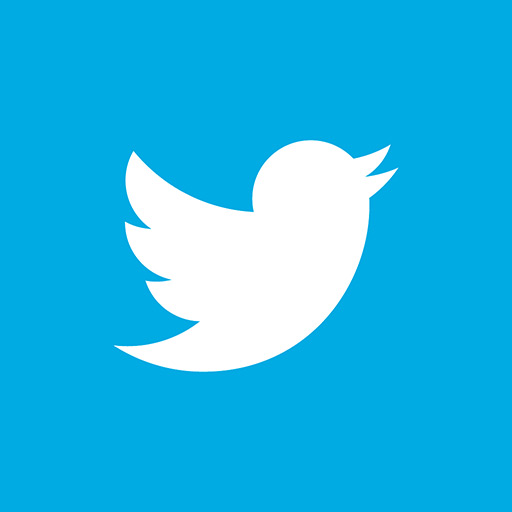So you’re freelancer. You get to work your own hours. You sit all day in your pajamas. You have the liberty to squander time you could have spent potentially working swiping left or right on Tinder, and dawdling on Buzzfeed, BoredPanda, and your favorite Tumblr feeds. You don’t have to suffer from the perils of watercooler office gossip, or from a micromanaging boss hovering over you. (Okay, so most of that is a gross exaggeration. In reality being a freelancer takes tons of focus and self-discipline.)
Sure, there are plenty of benefits that come with being a freelancer. But one of them isn’t having to deal with income that wildly fluctuates. You lose track of whether it’s the beginning of the month or the end, because with an uneven cash flow things can kind of suck, like all the time. Paying the rent (in full, and by the 1st of the month) feels like a small victory. And having extra cash to grab a few beers at your local watering hole with your pals? Bonus.
All this jibba jab about having an emergency savings and paying off your debt seems like something completely out of your reach. But it doesn’t have to be. Figuring out your basic number is the first thing you’ll need to do.
Step One: Find Your Basic Number – Fixed
Time It Will Take: 20-30 minutes
This is the easy part. Your Uber Basic Number includes at all your fixed expenses, so it’s roughly the same amount every month. You need to pay it off or else you will lose the roof over your head or could jeopardize your credit.
This might include things such as:
-Rent
-Utilities
-Cell phone bill
-Insurance (i.e., car, health, renter’s, life)
-Minimum debt payments (i.e., student loans, car payments, credit card payments)
You should come out with a single number.
Step Two: Find Your Basic Number – Flex
Time It Will Take: 20-30 minutes
Your flex number are all the things you spend money on every month that you essentially need, but you can spend less or more on, depending. It may include:
-Transportation (i.e., gas, bus fare)
-Food
-Household items
If you’re having a crappy month, you could technically spend less on these things. So your flex number should be a range of sorts, the lower end when you’re short on funds, and the higher end when you have a little bit of a cushion. If you aren’t really sure how much you spend each month on these sorts of things, you can use a free tracking spender on budgeting apps such as Mint, LearnVest, Level Money, or try out a budget worksheet. This can be a little time intensive but it’s definitely better than finding yourself sleeping in a crack alleyway with a rat for a pillow. Amirite? For instance, on the low end your flex number can be roughly $500, but on the high end (say you go on a weekend road trip so you spend more on gas that month, or eat out a little more than usual), it may be around $800.
Fix Number + Flex Number = Basic Number
Knowing these two numbers is crucial in figuring out a working personal budget. Next time we’ll go over the Padding Number and the Lux number.






This is definitely one of the toughest things about being a freelancer. If you are married or in a serious relationship and have someone to fall back on it does make it easier, but that isn’t the case for me. I’d say one good thing to do is if you have an amazing month of income, don’t splurge. Put that money in your e-fund because when you have a dry month you will be glad you did!
I’m with you Tonya. You raise a great point: if you’re single, you really don’t have anyone to fall back on. I wonder how to make your finances work if both partners are freelancers? Good point on not splurging if you get a windfall one month! 🙂
Great post! I know this number and it’s helped when I’m relying on freelance and blog income which is normally just my side money.
Thanks, Fig! It definitely helps to know this number to figure out how much you need to make each month with freelance. 🙂